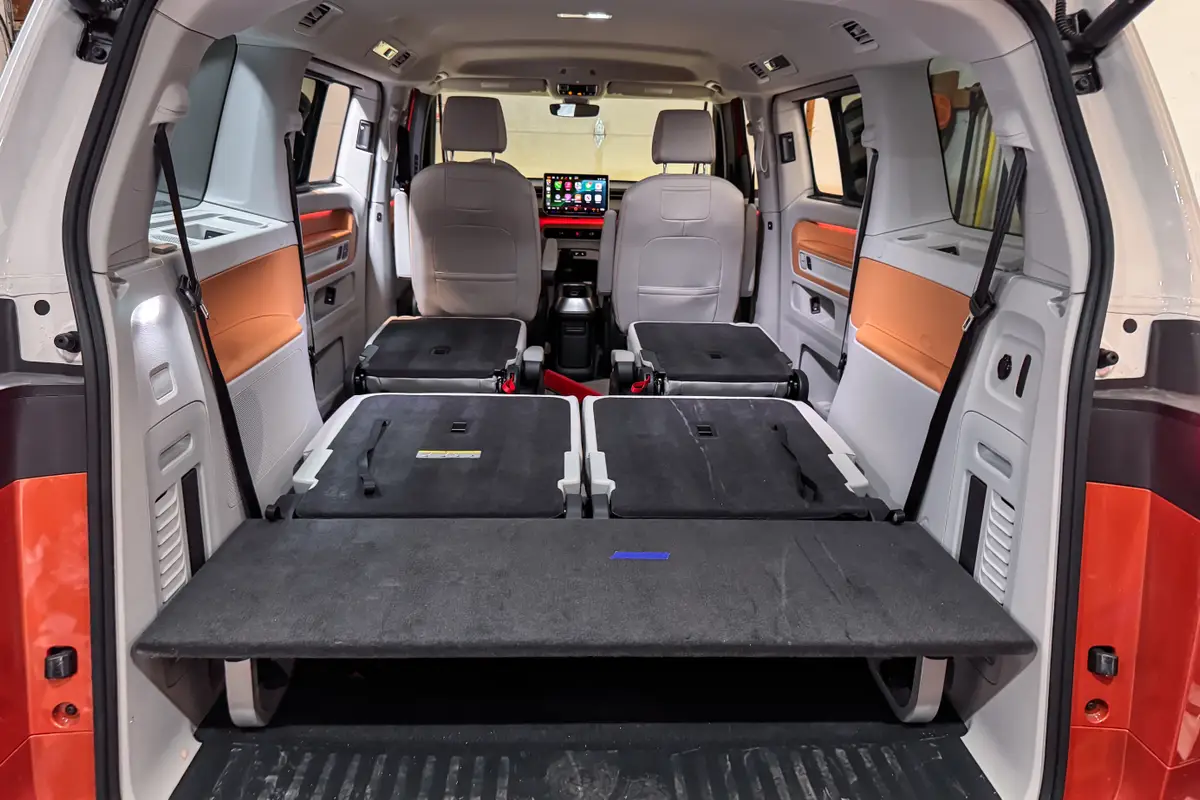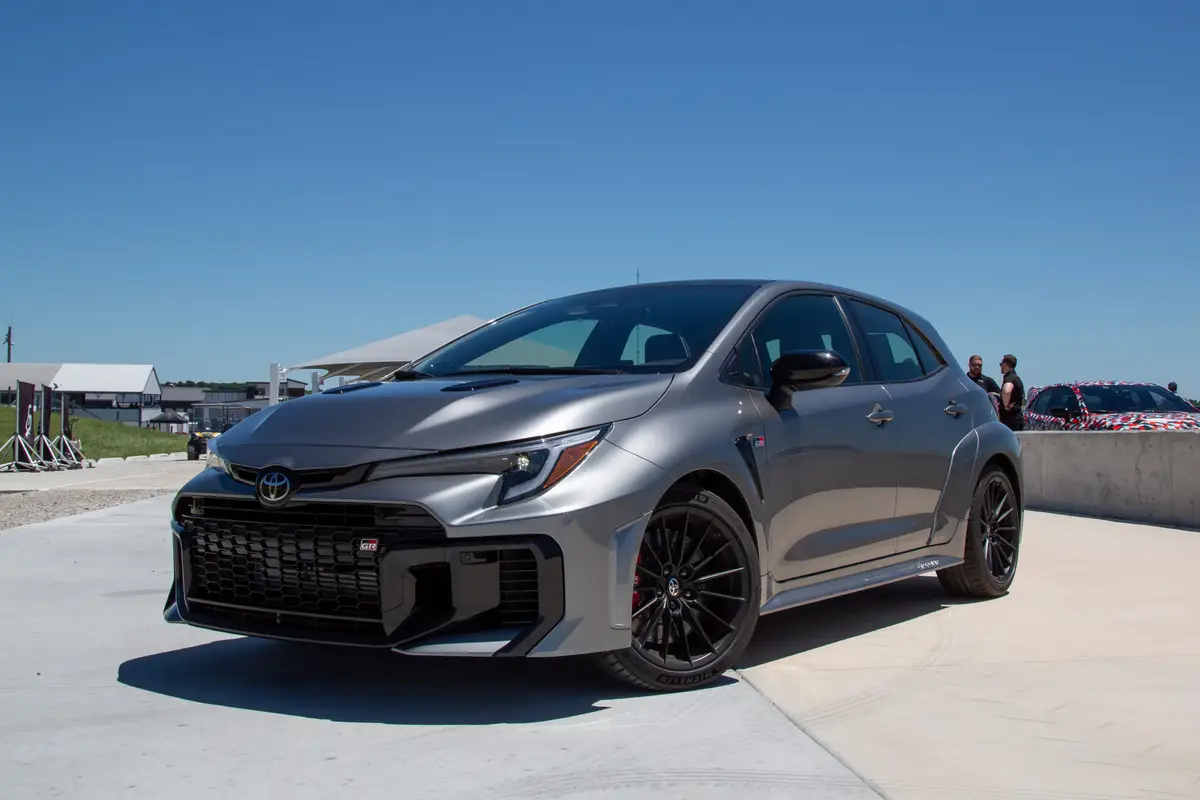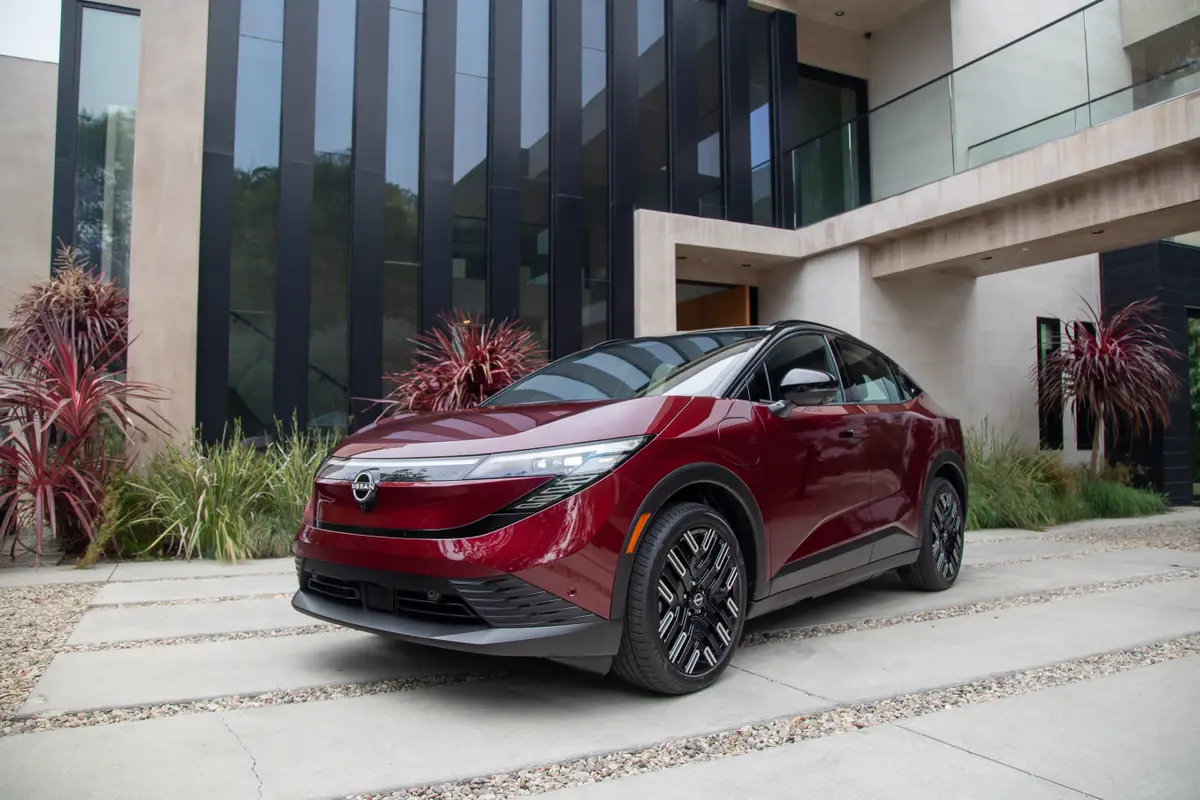What's New: 2019 Ford Ranger
Exterior
If you’ve spent any time outside the U.S. or Canada in the last decade, you’ve likely seen a new Ranger — it’s the best-selling pickup in Europe. With plants in several locations around the world, it has become something of a global workhorse. Designed originally in Australia, it’s now become a truly global vehicle with its arrival in North America.
It should be noted up front that the new Ranger is most definitely a mid-size pickup, much larger than the old compact Ranger we knew, and it’s nearly the same size as a mid-1990s Ford F-150. Looking at the new truck, however, it’s not all that apparent what’s changed to accommodate U.S. buyers. It looks mostly the same as the global truck, with some slightly different headlights, grilles, taillights and a taller hood. It comes in two cab styles, SuperCab (extended cab) and SuperCrew (four full doors), but one wheelbase, which means two bed lengths will be present depending on cab style.
What differentiates the North American Ranger from the global model is the bumpers: Ours are steel and are mounted directly to the frame for superior durability and crashworthiness. This is a class exclusive for the Ranger; all other mid-size pickups feature plastic body-mounted bumpers. Ford says this was driven by customer demand, but we suspect U.S. crash requirements also may have been a factor, though Ford denies this.
Other minor changes come through on the exterior, such as a different tailgate with a higher-mounted handle, bed lights from the F-150 and two different appearance packages. Sport features body-colored trim, while Chrome blings everything out. Three trim levels will be available as well: XL, XLT and Lariat, with the FX4 Off-Road Package available on any of them. That package provides part-time four-wheel drive, a steel skid plate up front, other steel underbody skid plates, off-road shocks and tires, and Magnetic Grey trim accents.
Interior
The smaller SuperCab Ranger has two small clamshell doors and two upright jump seats, while the larger SuperCrew four-door model is more reasonably sized and seats five. Despite the 10-speed transmission where a rotary control selector could be possible, the Ranger gets a sportier transmission lever in the center console. The dash and doors are hard plastic in the XL and XLT, with the Lariat getting a padded, stitched faux-leather dash topper. Two different gauge clusters are available: one with traditional gauges and one with the Ford-style central analog gauge flanked by two reconfigurable display screens.
Ford hasn’t skimped on the available tech features, offering FordPass Connect Wi-Fi with 4G LTE connectivity for up to 10 devices, a B&O Play premium audio system and the Sync 3 multimedia system. Two interior colors are available as well: Ebony and Medium Ash. The second row in the SuperCrew also features underseat storage that’s waterproof. If you’ve got muddy or wet gear, tilt the seat bottom up and drop it in the bins.
Under the Hood
There will be one powertrain at launch, a turbocharged 2.3-liter EcoBoost four-cylinder engine driving the rear wheels through a standard 10-speed automatic transmission. If you think this combination sounds familiar, it is. It’s the same set-up you’ll find under the hood of a 2018 Mustang, with the appropriate changes to gear ratios and tuning to make it suitable for truck duty instead of track duty. While Ford made no mention of a diesel engine, the rest of the world enjoys their Rangers with a turbo-diesel 3.2-liter five-cylinder engine, which wasn’t rated by the EPA until the new Ford Transit van showed up sporting one. That makes us wonder how long before it shows up in the Ranger, too.
The standard Ranger is rear-wheel drive, but part-time shift-on-the-fly four-wheel drive is optional. It comes with a two-speed transfer case, Dana electronic locking rear differential and Ford’s Terrain Management System. That electronic system enables the driver to choose one of several modes: Normal, Grass/Gravel/Snow, Mud/Ruts and Sand. Those last two will automatically engage 4-High, but Mud/Ruts engages maximum power to all four wheels while Sand mode allows for the most slip before engaging the traction control system.
A new low-speed off-road cruise control (similar to Toyota’s Crawl Control) is also standard on four-wheel-drive models. Called Trail Control, it engages at speeds from 1 to 20 mph and can be slowed to a new speed (instead of disengaged) by applying the brake. It’s meant to enable the driver to concentrate on the terrain instead of varying the throttle over terrain like a two-track dirt trail through the woods.
The Ranger’s suspension is a dual A-arm with coil springs in front with a solid Dana rear axle with leaf springs in back. A locking rear differential and a new fully boxed frame will be unique to the North American model. Steering is electrically power-assisted, but the novel Ford Pro Trailer Backup Assist is not yet available (Ford says it’s under development for the Ranger).
Safety
The new Ranger will offer nearly as many electronic safety systems as the rest of the Ford lineup, including standard forward collision warning with automatic emergency braking. A blind spot warning system will be offered, combined with LED taillights, that also includes trailer coverage. The owner can store three trailer profiles in the system, choosing the length of the trailer and extending the blind spot detection to that desired distance. Lane keep assist and lane departure warning will come on the XLT and Lariat, and automatic cruise control will go on the Lariat.
Featured stories




